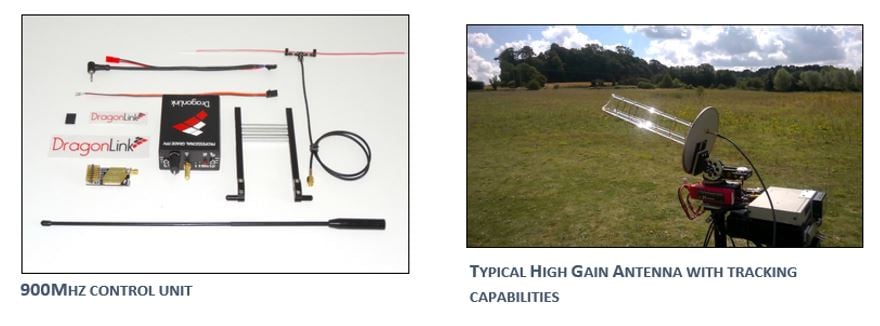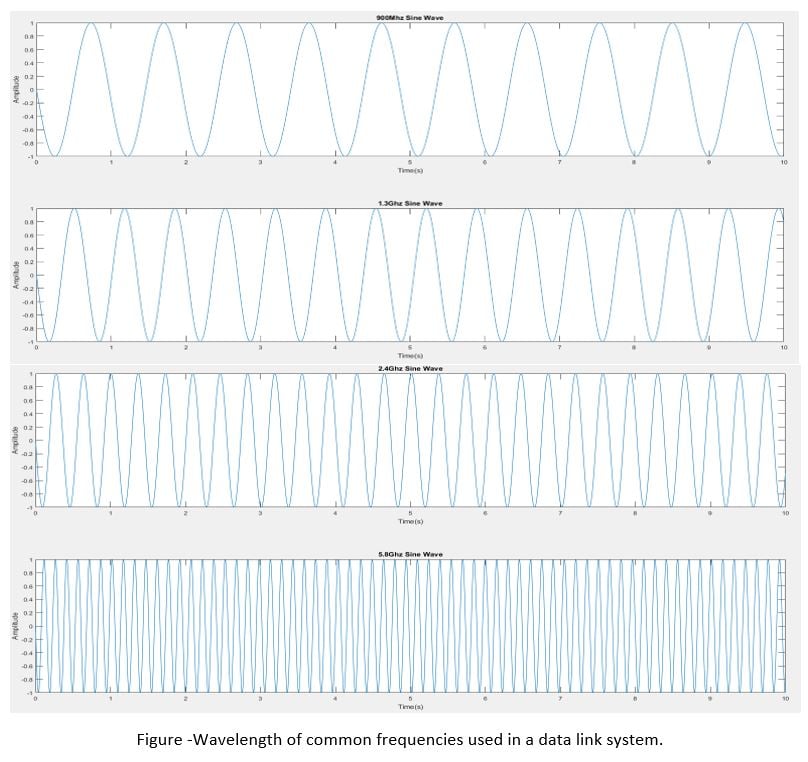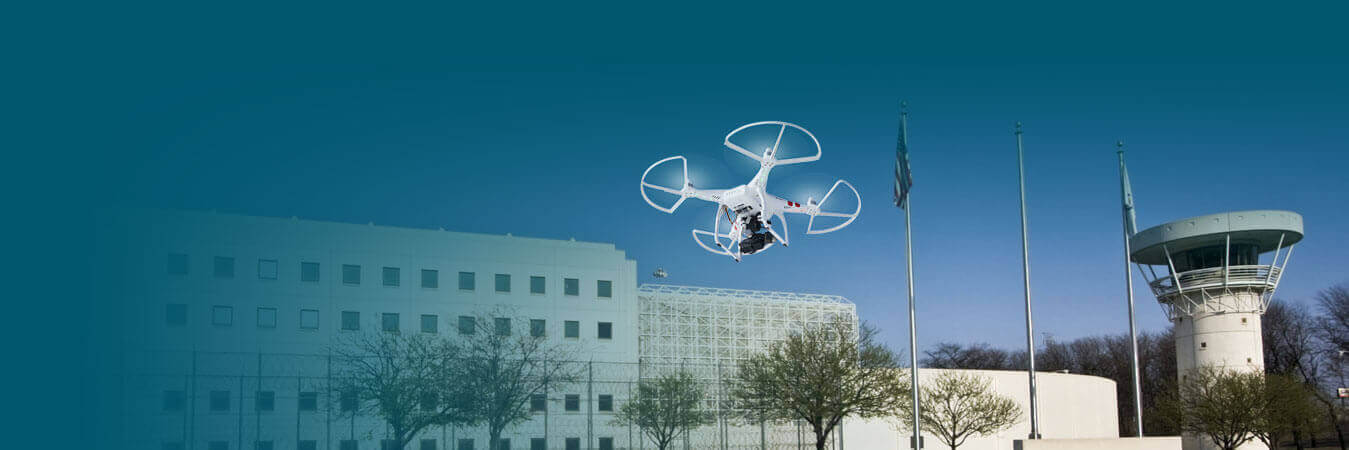Drone Communication - Data Link
How do drones communicate with their operator?
Data link uses a radio-frequency (RF) transmission to transmit and receive information to and from the UAV. These transmissions can include location, remaining flight time, distance and location to target, distance to the pilot, location of the pilot, payload information, airspeed, altitude, and many other parameters. This data link can also transmit live video from the UAV back to the GCS so the pilot and ground crew can observe what the UAV camera is seeing.
There are various frequencies used in the data link system. The frequencies that are used are based on UAV brand as well as functionality of the UAV. For example, the DJI systems use 2.4Ghz for UAV control and 5Ghz for video transmission. This setup will give the user approximately 4 miles of range. However, if using 900Mhz for UAV control and 1.3Ghz for video, a distance of 20+ miles can be achieved.
The Data Link portion of the UAS platform also happens to be the most vulnerable in detection and countermeasures. All data link systems in a UAS must comply with FCC Part 15 and Part 97.

What are the range limitations for a drone?
When discussing range limitations of an Unmanned Aerial System (UAS) the weak “link” in the system is the data link system. Many times, the aircraft can “outfly” the data link system but the range is restricted by the data link system.
Advanced data link system
There are various combinations of data link systems available to the consumer that can be used for UAV operation. The three main components data links are used in the operation of the UAV are:
- UAV Control
- Video Transmission
- Telemetry
A few things to be mentioned regarding specific radio frequencies commonly used in a data link system. The most popular of these frequencies being:
- 900Mhz – able to penetrate obstructions, very narrow band has limited maximum data rates
- 3Ghz – Able to penetrate obstructions, limited maximum data rates
- 4Ghz – Most widely used frequency and can become overcrowded
- 8Ghz – Shortest range, has large maximum data rates
These radio bands each have their common uses based on what they are capable of regarding range and penetration. The lower the frequency band the greater penetration into obstacles between the operator and the UAV. This is due to the wavelength of each of the bands. The longer the wavelength, the lower the frequency, and the longer the range. The figure below illustrates the wavelength of each of the four frequencies stated above.

UAV Control
The most popular data links used in a UAS are 2.4Ghz and 900Mhz.
- 4Ghz – 1 mile range, does not do well in mountainous or wooded areas.
- 900Mhz – 60+ mile range, can be used in mountainous and wooded areas with little to no effect on range.
Video Transmission
The most popular data links used in a UAS are 1.3Ghz, 2.4Ghz, and 5.8Ghz
- 3Ghz – Depending on the wattage used, this system can have a range of 40+ miles. The downfall of this system is poor video quality due to minimum data rates. However, since the wavelength is relatively long enabling stronger penetration capabilities.
- 4Ghz – This system can have a range of 15+ miles. The downfall of this system is many of the UAVs use 2.4Ghz for control. If 2.4Ghz is used for video, it cannot be used for control or this will cause interference.
- 8Ghz – This is the most popular frequency used for video transmission due to its short wavelength and large data rate transfer capability. This results in a clear video compared to the other options available. However, due to the short wavelength this system is only capable of 5+ miles and has limited penetrating capability.
Telemetry
The most popular data link frequencies used in a UAS for telemetry are 400Mhz and 900Mhz. These frequencies have a benefit of long range without any data loss. However, due to the longer wavelengths these systems are unable to transfer large data rates.





.png?width=2030&height=497&name=Background%20(1).png)